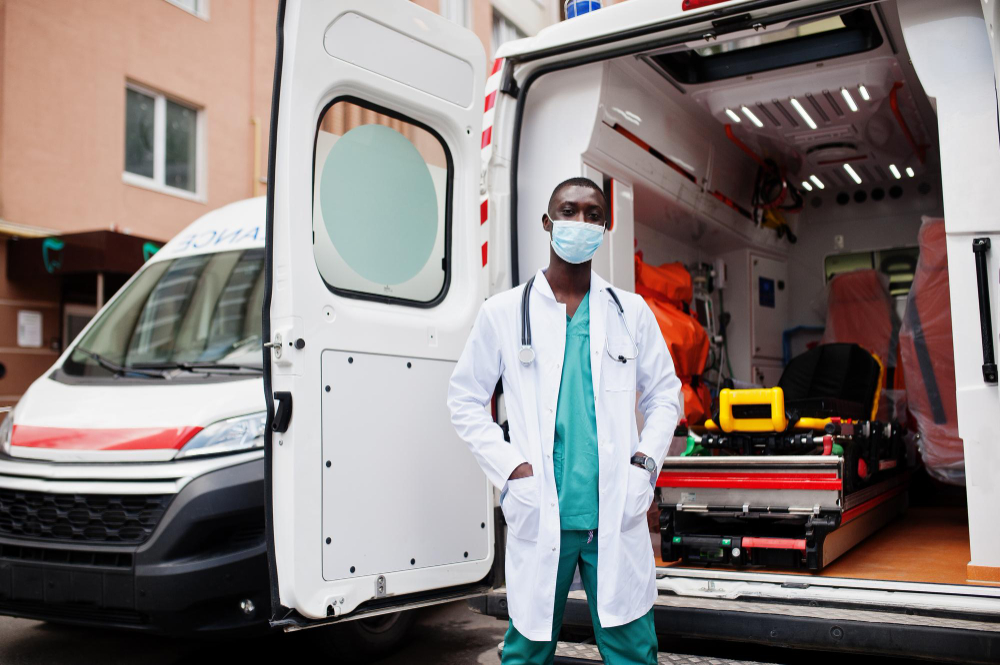
Recovering after surgery is a delicate process that requires attention and care from the patient as well as from the caregivers. After any medical procedure, patients are likely to experience discomfort and reduced mobility, which makes transportation a difficult task. However, transportation is an essential part of the recovery process as it ensures that patients attend their follow-up appointments, receive necessary treatments, and stay connected to their physicians. Therefore, it is crucial to know how to safely transport a patient after surgery. In this blog post, we'll share some tips for a safe transport after surgery.
1. Plan Ahead
Before the surgery, plan for the post-operative transportation needs of the patient. Discuss with the physician or the hospital staff for the expected discharge date and the potential need for a medical transportation service. If the patient is likely to need a wheelchair, crutches, or other medical equipment, make sure that they are available before the discharge.
2. Choose the Right Mode of Transportation
The mode of transport will depend on various factors such as the patient's condition, mobility, and health status. For example, patients who are unable to sit or stand independently may need a non-emergency medical transportation (NEMT) service that can provide a stretcher or a specialized vehicle. If the patient can sit but need assistance, consider a transport service that offers wheelchair-accessible vehicles and trained drivers who can provide basic medical care.
3. Be Prepared for Emergency Situations
Medical emergencies can happen at any time during transportation, and it is crucial to be prepared for such situations. When booking the transport service, ask about their emergency response procedures, the availability of basic medical equipment, such as oxygen tanks, and the training of the drivers in handling emergencies. Also, carry all the relevant medical information about the patient, including their medical condition, history, and medication details.
4. Ensure Comfort and Safety
Patients who have undergone surgery are likely to experience pain, fatigue, and discomfort, and transportation can exacerbate these symptoms. To ensure comfort and safety during transit, choose a transport service that provides comfortable seating, air conditioning, and enough legroom. The drivers should drive carefully and smoothly, avoiding sudden stops, turns, and bumps. Also, make sure that the patient is adequately hydrated and fed, and carry any necessary equipment, such as pillows, blankets, and medication.
5. Follow Up with the Physician
The post-operative period is critical, and patients need to attend follow-up appointments and receive adequate treatment to ensure proper healing. After the transportation, follow up with the physician to ensure that the patient is taking the medication as prescribed, following the post-operative instructions, and reporting any unusual symptoms or pain. Also, schedule any necessary follow-up appointments and plan for the transportation needs accordingly.
Conclusion
Transportation after surgery can be a challenging and stressful task, but it is essential for the patient's recovery and well-being. By planning ahead, choosing the right mode of transport, being prepared for emergency situations, ensuring comfort and safety, and following up with the physician, patients can experience a safe and stress-free transportation experience. If you need a medical transportation service in Orlando, FL, contact Comfort Ride Transportation today to schedule an appointment. Our trained drivers and wheelchair-accessible vehicles ensure a comfortable and safe transit for patients.